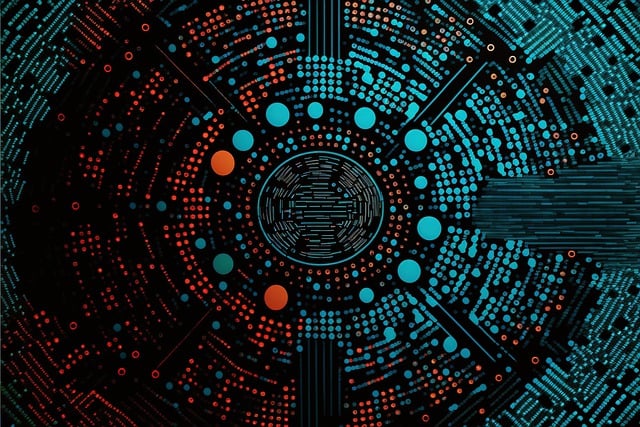
EdTech in Pakistan 2025 A Decade of Disruption and the Road Ahead
By 2025, Pakistan's EdTech sector has evolved from a fringe innovation to a core pillar of the country’s education strategy. Sparked by the digital acceleration during COVID-19 and sustained by a young, tech-savvy population, the EdTech landscape today reflects maturity, diversity, and pressing challenges.
A Decade of Growth
Pakistan’s EdTech journey truly took off post-2020, when lockdowns forced educational institutions online. What began as an emergency response quickly transformed into a long-term shift.
Between 2020 and 2025:
The number of registered EdTech startups rose from under 100 to over 450.
EdTech attracted more than $100 million in venture funding, largely from local VCs and diaspora investors.
Platforms like Maqsad, Taleemabad, and Dot & Line scaled nationwide, offering K-12 curriculum, gamified learning, and teacher training.
This boom turned education into a technology-first experience for millions of students, especially in urban and peri-urban regions.
Major Players and Their Innovations
Maqsad:
Often dubbed the “Byju’s of Pakistan,” Maqsad has expanded its reach across Punjab and Sindh with AI-based personalized tutoring and exam prep for matric and FSC students. Their app now boasts 5 million+ downloads and growing traction in Tier 2 cities.
Taleemabad:
Backed by UNICEF and other multilateral donors, Taleemabad continues to drive curriculum-aligned animated content in Urdu and regional languages. In 2025, they launched “Taleemabad Classrooms” – low-cost offline learning pods for underserved schools.
Dot & Line:
Initially focused on math tutoring for girls, Dot & Line pivoted during the pandemic to offer teacher training and lesson plans through a hybrid model. By 2025, over 30,000 educators have used their platform.
Key Trends in 2025
Hybrid Learning: Government schools, especially in KP and Balochistan, are integrating EdTech modules into classrooms via low-bandwidth tablets.
AI-Powered Learning: Platforms are using AI to deliver personalized assessments, identify weak areas, and offer adaptive practice.
EdFinTech: EdTech and fintech are merging. Microloans for school fees and subscription-based learning models are common, powered by startups like EduFi and CreditPer.
Challenges and Inequalities
Despite progress, challenges persist:
Digital divide: Over 40% of students still lack reliable internet or devices, especially in remote areas.
Regulation vacuum: There is no centralized regulatory body for EdTech quality assurance or data privacy.
Teacher resistance: Many public school educators lack digital training, slowing adoption.
Government's Role
In 2025, the Ministry of Federal Education has introduced a National EdTech Policy Framework—mandating digital readiness in all government schools by 2028. The Pakistan EdTech Innovation Fund, launched in 2024 with World Bank support, is offering grants to 30+ startups this year alone.
Conclusion
Pakistan’s EdTech revolution is no longer an idea on the horizon—it’s here, thriving, and reshaping how children learn. As the country navigates infrastructure gaps, regulatory needs, and rural inclusion, 2025 marks a defining moment in ensuring equitable, quality education for the next generation.
References
Pakistan EdTech Landscape Report (Invest2Innovate, 2024)
Ministry of Federal Education – EdTech Policy Draft (2025)
Taleemabad Impact Report (2024)
Maqsad Platform Statistics (App Store + Android, 2025)
World Bank: EdTech Fund Pakistan Launch Brief (2024)
Dot & Line Annual Report (2025)
